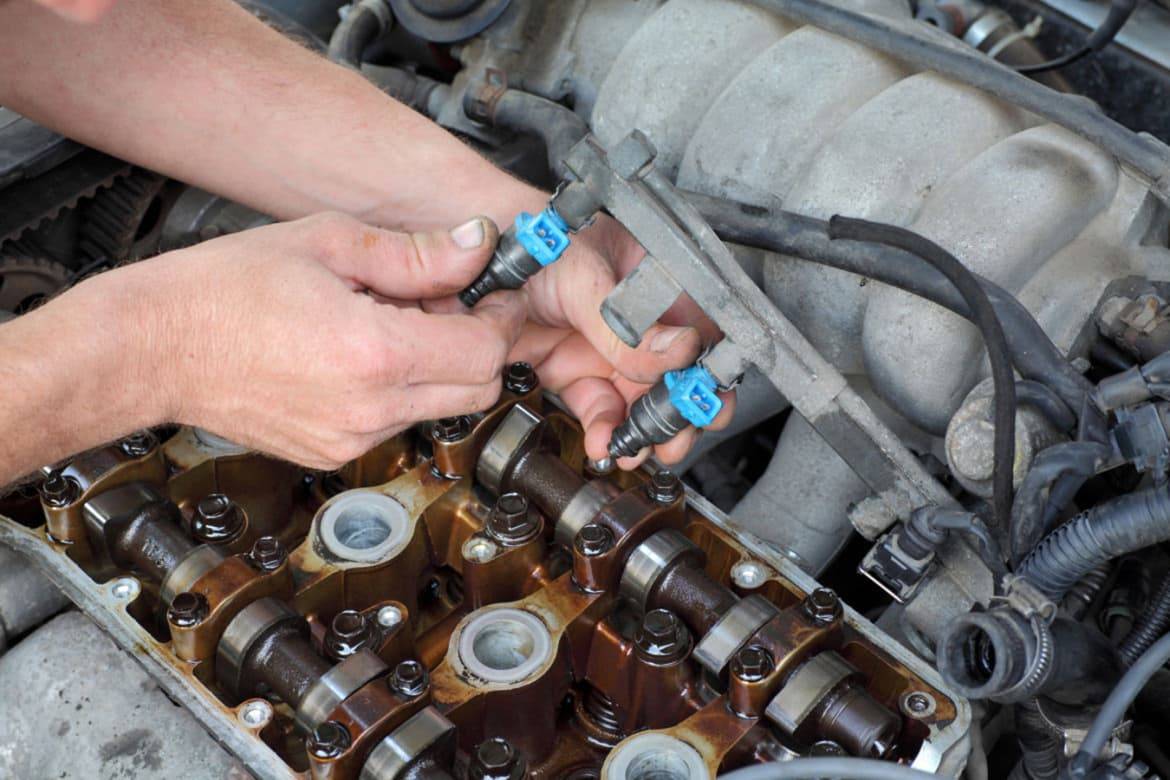Fuel injectors are one of the most critical components in modern internal combustion engines, delivering precise amounts of fuel to ensure optimal performance, fuel efficiency, and emissions control. While many drivers focus on oil changes or timing belts, injectors often go overlooked—until they cause a misfire, a drop in power, or a dreaded check engine light.
But not all fuel injectors are created equal. In fact, advances in engineering and materials science have made some injectors remarkably durable—so much so that they can last the life of the engine with little to no maintenance. These high-endurance components are often found in vehicles engineered with long-term ownership in mind, and they stand out in real-world data for their reliability and resilience under stress.
In this article, we’ve gathered 10 fuel injectors—matched to specific engines and vehicles—that are known for their exceptional longevity. Whether you’re looking to buy a new car with minimal long-term maintenance, or you’re just curious about what makes some injectors last while others clog or fail early, this list offers insight into the best of the best in fuel delivery tech.
Let’s dive into the top 10 fuel injectors that have earned a reputation for going the distance—often outlasting the vehicle itself.
Also Read: 10 Hyundai Engines with Surprising Longevity & Impressive Build Quality
1. Bosch EV14 Injectors
The Bosch EV14 injector, known for its high-quality construction, excellent atomization, and resistance to clogging. Manifold fuel injection continues to be the most widely adopted system for gasoline engines across the world, and Bosch injectors are known for offering both economic benefits and a reliable, consistent fuel supply.
The EV14 injection valves are the most recent advancement in Bosch’s EV6 injection technology.
Designed to support a broad range of flow rates and spray patterns, these valves are engineered for flexibility across various engine configurations. Their compact size and availability in three standard versions make them easy to mount in a wide array of applications.
Bosch highlights several key performance attributes of the EV14 injection valve: “Improved tightness and optimized spray and fuel-mixture generation,” along with a “compact design with lean valve shape.”
The valves are also ethanol-resistant, enabling “worldwide use in Flex Fuel applications.” Additional advantages include “low leakage,” an “excellent linearity range up to 1000 g/min @300 kPa,” and a “maximum operating pressure at 5 bar.”
The injectors offer a “spray angle ranging from 13° to 60°” and support both “single cone and dual cone spray patterns, with various orientations available.”
Commonly found in Volkswagen, Audi, BMW, and Mercedes-Benz vehicles, these injectors can last well beyond 200,000 miles when maintained properly.
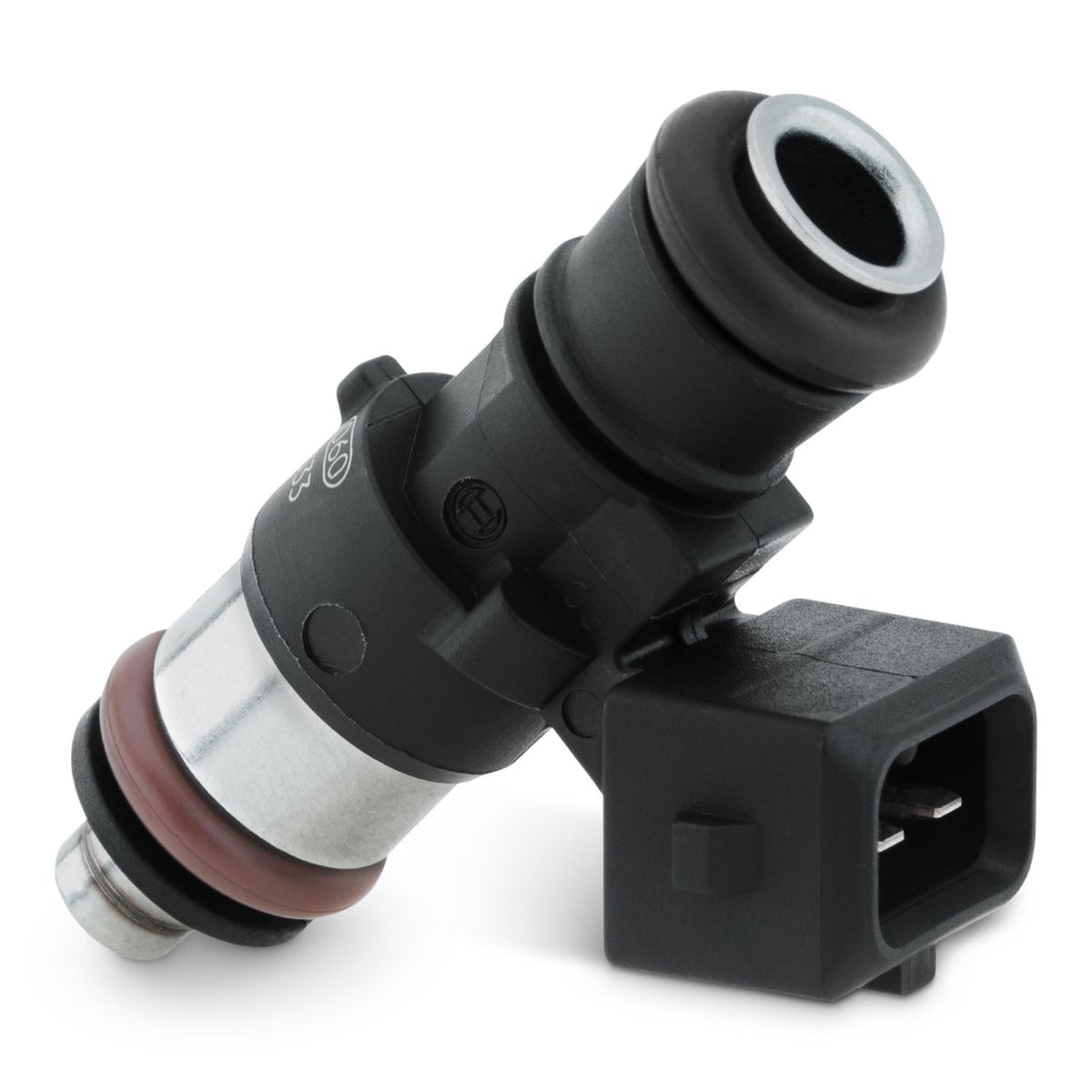
2. Denso Fuel Injectors (Toyota OE)
Similarly, Denso fuel injectors, especially those used in Toyota vehicles like the Camry, Corolla, and RAV4, are renowned for their long-lasting performance.
Their design resists varnish buildup and ensures precise fuel delivery even after 250,000 miles.
Denso fuel injectors, especially those used as original equipment (OE) in Toyota vehicles, are highly regarded for their precision, durability, and reliability.
As one of the world’s leading automotive component manufacturers, Denso supplies injectors that meet or exceed OE specifications, and their close relationship with Toyota ensures exceptional quality and integration. In fact, many Toyota vehicles are factory-equipped with Denso injectors, which are engineered specifically for Toyota’s fuel delivery systems.
These injectors are known for their precision engineering, delivering consistent spray patterns and finely atomized fuel for efficient combustion.
Denso often utilizes multi-hole nozzle designs and high-tolerance solenoids that allow for accurate and responsive fuel metering. Each injector is calibrated to match the engine’s control unit, which is especially critical in advanced systems like Toyota’s D-4S direct injection or hybrid platforms found in models like the Prius and Camry Hybrid.
One of the standout characteristics of Denso injectors is their excellent linearity across a wide range of pulse widths, enabling smooth idle, quick throttle response, and stable performance under varying load conditions.
Denso fuel injectors are also recognized for their long-term reliability. When used with clean fuel and maintained according to factory intervals, these injectors can often exceed 150,000 to 200,000 miles without performance degradation.
They’re designed with high-quality materials that resist internal deposits and clogging—a common issue in direct injection systems. Their construction also ensures low leakage, accurate spray angles, and consistent atomization, which contributes to lower emissions and better fuel efficiency.
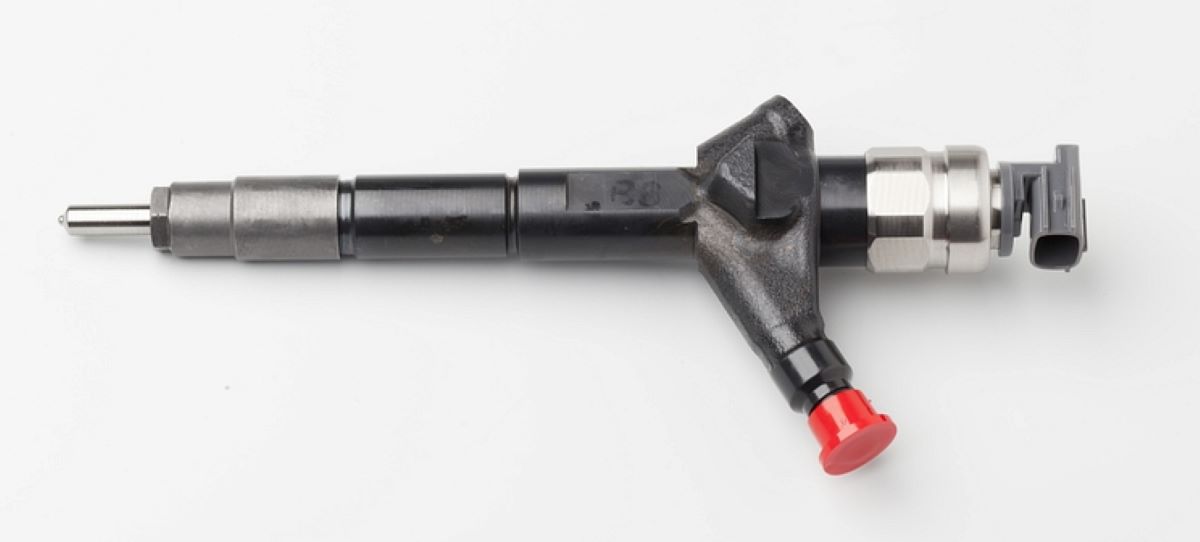
3. Delphi Multec Injectors
Delphi Multec injectors, widely used in GM models like the Chevrolet Malibu and Silverado, are another strong contender.
They’ve evolved over the years to provide consistent performance and resist ethanol-related degradation, often surpassing the 200,000-mile mark.
The Delphi Multec 2 fuel injectors, rated at 44 lb/hour or 460 cc/min, are high-impedance “Shorty” style injectors identified by part numbers 17113739 and 25176061.
These injectors flow 38 lbs/hr at 43.5 PSI (3 BAR) and can deliver up to 44 lbs/hr at 58 PSI. Being high-impedance units, they are compatible with most engine control units (ECUs) without requiring any driver modifications.
Known for their high quality and OEM-grade performance, these injectors deliver excellent fuel atomization and strong low-end response, while still supporting the higher flow rates needed for high-horsepower applications. This means you can run a larger injector without sacrificing idle stability or low-speed drivability.
Their design allows them to handle high fuel pressures without the common performance issues seen in many other high-flow, high-impedance injectors.
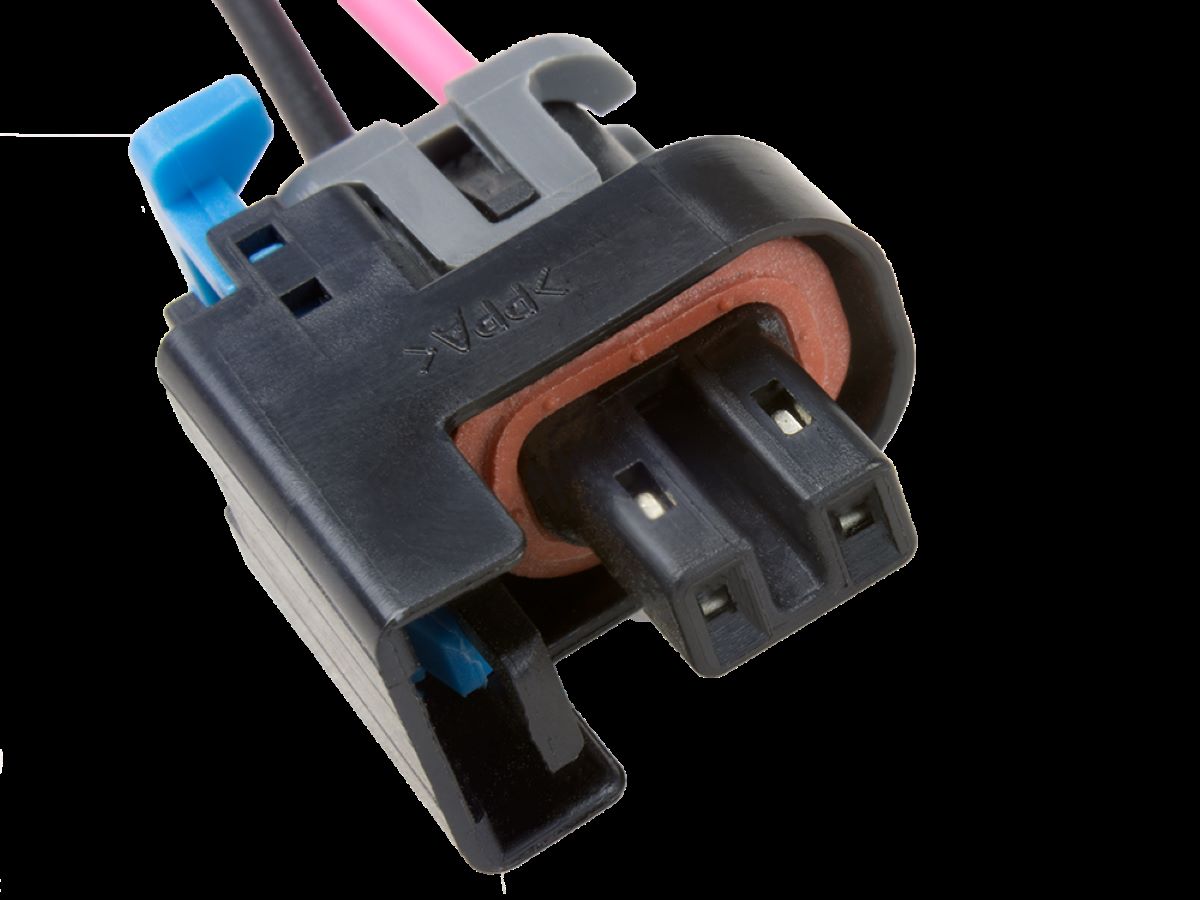
This makes them especially ideal for turbocharged and supercharged setups, where fuel system pressures are often elevated. These injectors also serve as a direct drop-in replacement for many LS-based GM engines, offering a convenient solution when more fueling is required to support power upgrades.
Thanks to their common sizing and connector type, they’re also well-suited for a variety of custom applications where a dependable, high-flow injector is necessary.
Another key feature is their optimized spray pattern. Unlike competing injectors that use a narrow “pencil stream,” these Delphi injectors use a multi-orifice tip that produces a 30-degree spray cone.
This results in better fuel-air mixture preparation, improved idle quality, and lower brake-specific fuel consumption (BSFC), even when compared to injectors that flow less. The injectors come equipped with Viton upper and lower O-rings and include fuel rail locks for easy installation.
They are fitted with Multec 2 connectors and offer static flow rates of 37.95 lb/hr (398 cc/min or 4.31 g/s) at 43.5 PSI, and 43.82 lb/hr (460 cc/min or 4.97 g/s) at 58 PSI. These specifications, combined with the reliable build and flexible compatibility, make the Delphi Multec 2 injectors a standout choice for performance and OEM-style applications alike.
Top 10 Long-Lasting Cars That Get Over 30 MPG
4. Siemens Deka IV Injectors
Siemens Deka IV injectors, used in performance and OEM applications such as the Ford Mustang GT, Chrysler HEMI engines, and various BMW models, are known for their corrosion-resistant materials and precise fuel delivery, offering long-term reliability close to 250,000 miles.
These high-resistance (approximately 12 ohms) saturated fuel injectors are designed to fit a wide range of applications. They are compatible with several BMW models, including the 5, 6, 7, and 8 Series V8 models, as well as the M5, X5, Z8, and Alpina B7.
In addition, they are suitable for Chevrolet models such as the Camaro, Caprice, Corvette, and Impala, as well as Ford Mustang variants including the GT, LX, Cobra 5.0L, and 4.6L engines.
These injectors also work with the Lotus Esprit and a number of Pontiac models, including the Firebird, GTO, and TransAm. Any BMW 8-cylinder engine equipped with Bosch EV1 or EV6 style injectors is compatible, and the same applies to any Ford V8 engine using those injector styles.
Please note: “If your vehicle needs OBD1 style injector clips/plugs, please select them from the drop down menu above – additional $39.95.”
The injectors offer a flow rate of 840 cc/min at 43.5 PSI, which translates to 80 lbs/hr at the same pressure. They operate with a resistance of 12 ohms, qualifying them as high impedance or high resistance injectors. The supported voltage range is between 8 and 15 volts, with a nominal voltage of 13.5 volts and a draw of 1.0 amps.
These injectors are designed to function reliably under fuel pressures ranging from a minimum of 30 PSIG to a maximum of 100 PSIG. Each unit includes O-rings and features a body made from a combination of metal and composite plastic. Fuel delivery is handled by an upgraded single nozzle that ensures superior atomization, and the electrical connector type is EV1 (Minitimer, Jetronic).
In terms of dimensions, the overall injector length is 2 7/8 inches (74 mm), with an O-ring to O-ring length of 2 1/2 inches (63 mm), and a diameter of 16 mm. The top and bottom O-rings measure 14.5 mm. These injectors also come with a one-year warranty for added assurance.
“These Siemens Deka IV injectors flow 80 lbs/hr at 43.5 PSI (3 BAR) and up to 100 lbs/hr at 80 PSI!” Despite this high flow rate, they are still high-impedance units. Their design is linear and controllable even at low pulse widths, and they have been successfully used in ULEV (Ultra-Low Emission Vehicle) applications.
This means you can run a larger injector than you typically would without compromising idle stability or drivability at low speeds. The high-impedance nature of these units also makes them broadly compatible with most ECUs while delivering some of the highest flow available in this category.
Furthermore, these injectors are capable of performing well under elevated fuel pressures. They do not suffer from the pressure handling issues common to many other high-flow, high-impedance models, making them an excellent fit for turbocharged and supercharged engines where high fuel system pressures are routine.
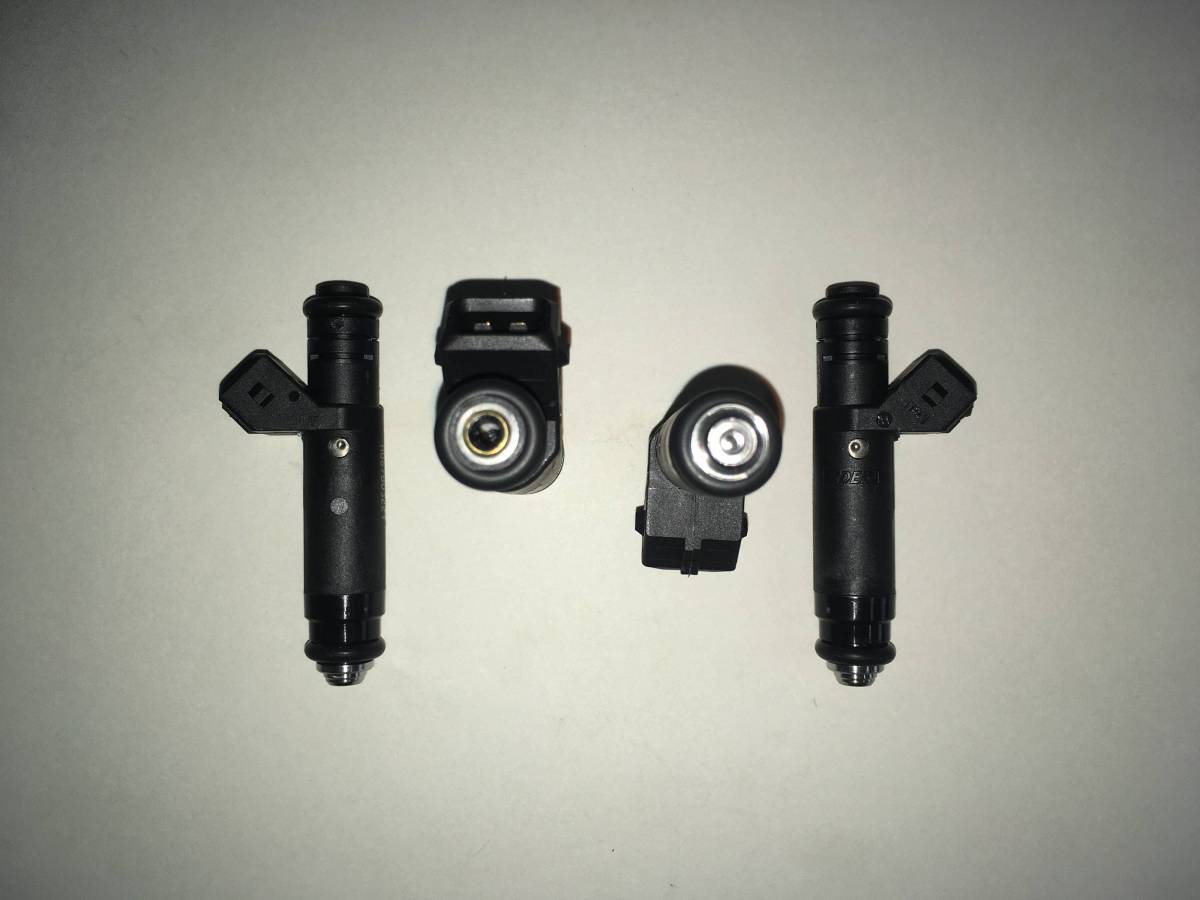
5. Hitachi Fuel Injectors
Meanwhile, Hitachi injectors found in Nissan and Infiniti vehicles are built with tight tolerances and materials that resist fuel impurities, frequently lasting over 200,000 miles.
Hitachi’s direct fuel injectors and engine control system were first introduced in 1997, and the company has continued to develop and manufacture both system controls and the components associated with it.
Over the years, Hitachi has built a strong reputation for producing and supplying a wide range of electromechanical and electronic automotive products, serving all major original equipment manufacturers globally. Among their offerings, Hitachi direct fuel injectors stand out for their precision and engineering quality.
One such injector, the JSD8-41, demonstrates Hitachi’s focus on performance and reliability. The highlight is the injector’s resistance of 1.7 ohms, a flow rate of 248 cc/min, fuel delivery of 23.6 pounds per hour, and an operating pressure of 5 bar. These specifications reflect the injector’s capability to support efficient combustion and reliable engine performance under modern operating conditions.
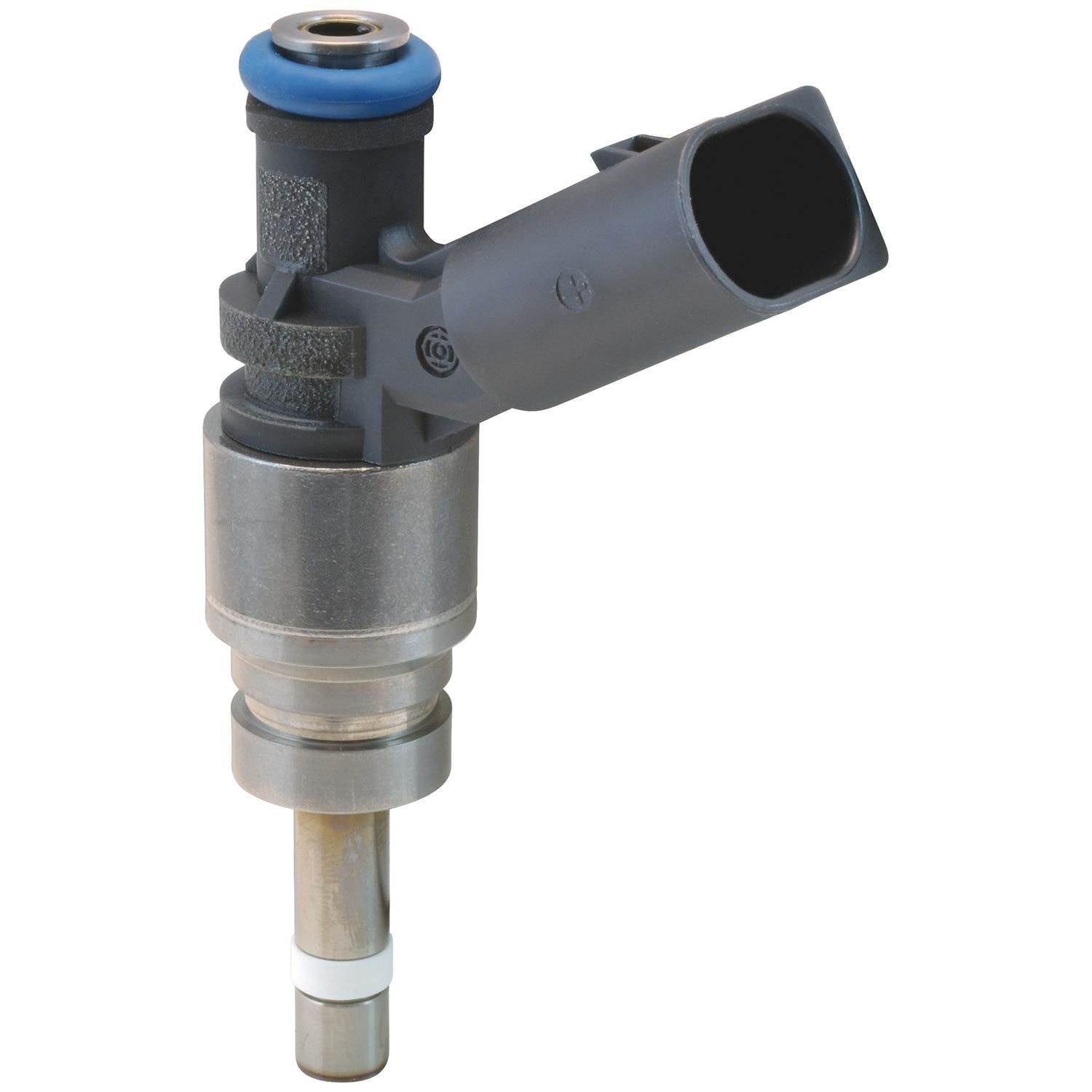
6. Rochester Fuel Injectors
Rochester fuel injectors, particularly in older GM throttle body injection systems like those in 1980s and 1990s Chevy trucks, stand out for their simplicity and rugged design, often operating reliably past 250,000 miles with minimal upkeep.
The Rochester unit consists of three primary systems: the fuel meter, the air meter, and the intake manifold. We’ve already covered the fuel meter. Regarding the manifold, it’s worth mentioning that Zora Arkus-Duntov, along with Joe Dolza, was instrumental in its development.
Their work led to innovations such as “ram pipes” for each cylinder and a two-piece design that helped keep the injection nozzles cooler. Jerry Burton covers Zora’s contribution to the Rochester system in his book Zora Arkus-Duntov: The Legend Behind Corvette.
That leaves the air system. As we previously explained, the lever and pivot assembly in the fuel meter, and thus the spill plunger, are controlled by three diaphragms. These diaphragms respond to vacuum signals, which are delivered from the air meter through a network of vacuum lines.
These vacuum signals are generated in the throttle body, where incoming air flows through a venturi created by a diffuser cone placed in the intake opening.
As the air rushes around the cone and past the throttle valve, pressure either drops or increases depending on airflow conditions. The resulting vacuum signal is mathematically proportional to the amount of air entering the engine. This signal activates the diaphragms in the fuel meter, which then control the moveable pivot and lever assembly.
That, in turn, moves the spill plunger, which regulates how much fuel—again, calculated mathematically—is delivered to the injector nozzles. This system produces an air/fuel ratio that ranges from 12.5:1 for performance to 15.5:1 for economy.
In practical terms, a high airflow and high vacuum signal raises the linkage but lowers the spill plunger. This shuts off the spill port, increases injection pressure, and enriches the mixture.
A low airflow and low vacuum signal lowers the linkage but raises the spill plunger, opening the spill port, reducing injector pressure, and leaning the mixture. At idle, the vacuum signal from the air meter is very weak, which allows the control diaphragm to drop. This opens the spill port completely, sending most of the fuel back into the float bowl.
In addition to these mechanical components, there is also an electric choke system, which we explain in a later section, as well as a fuel cut-off diaphragm that is vacuum activated and designed for coasting and deceleration. Just like with the rest of the vacuum lines, it’s important to ensure that this diaphragm is properly connected and receiving the correct signals for the system to operate as intended.

7. Magneti Marelli Injectors
Magneti Marelli injectors, used in European brands like Alfa Romeo, Fiat, and older Ferrari models, are engineered with durability in mind, commonly reaching 200,000 miles under regular driving conditions.
The characteristics of the injector include a fast pulse response, high precision, a high dynamic range, and optimum fuel atomization. These performance attributes are made possible by a high-performance ON-OFF actuating electromagnet featuring opposing expansion poles.
This configuration drives an internal injector valve that operates on high-precision ground cylindrical slides, combined with a high-precision nozzle.
The injector itself is constructed with a stainless steel body, a fuel-resistant plastic connector, a martensitic stainless steel internal valve, and an electromagnet incorporating a low carbon content stainless steel armature. For electrical connectivity to the control unit, the injector uses a Mini-Timer plastic plug.

8. Keihin Fuel Injectors
Keihin injectors, widely used in Honda and Acura models, are highly regarded for their longevity often lasting more than 300,000 miles thanks to Honda’s efficient engine management systems and high-quality fuel system components.
Keihin fuel injectors are known for their precision, durability, and reliability, particularly in original equipment manufacturer (OEM) applications. Commonly used in Honda vehicles as well as motorcycles, ATVs, and other powersports engines, these injectors deliver finely atomized fuel with high accuracy to ensure optimal combustion efficiency.
This precise fuel delivery enhances fuel economy, reduces emissions, and supports consistent engine performance under various driving conditions. Keihin injectors operate using a fast-responding solenoid mechanism that controls an internal valve, allowing for accurate fuel metering even at high engine speeds and loads.
Many models feature multi-hole spray nozzles, often with 4 to 12 holes, which provide excellent fuel atomization for improved throttle response and combustion stability. The injectors are compact in design, making them well-suited for tightly packaged engine bays, particularly in motorcycles and small cars.
Engineered with durable materials such as stainless steel internals and ethanol-resistant plastic connectors, Keihin injectors are designed to withstand corrosive fuels and long-term use. They are also application-specific, meaning they are calibrated to match the airflow and combustion characteristics of the engine they are intended for, making them a popular choice for maintaining OEM-level performance and reliability.
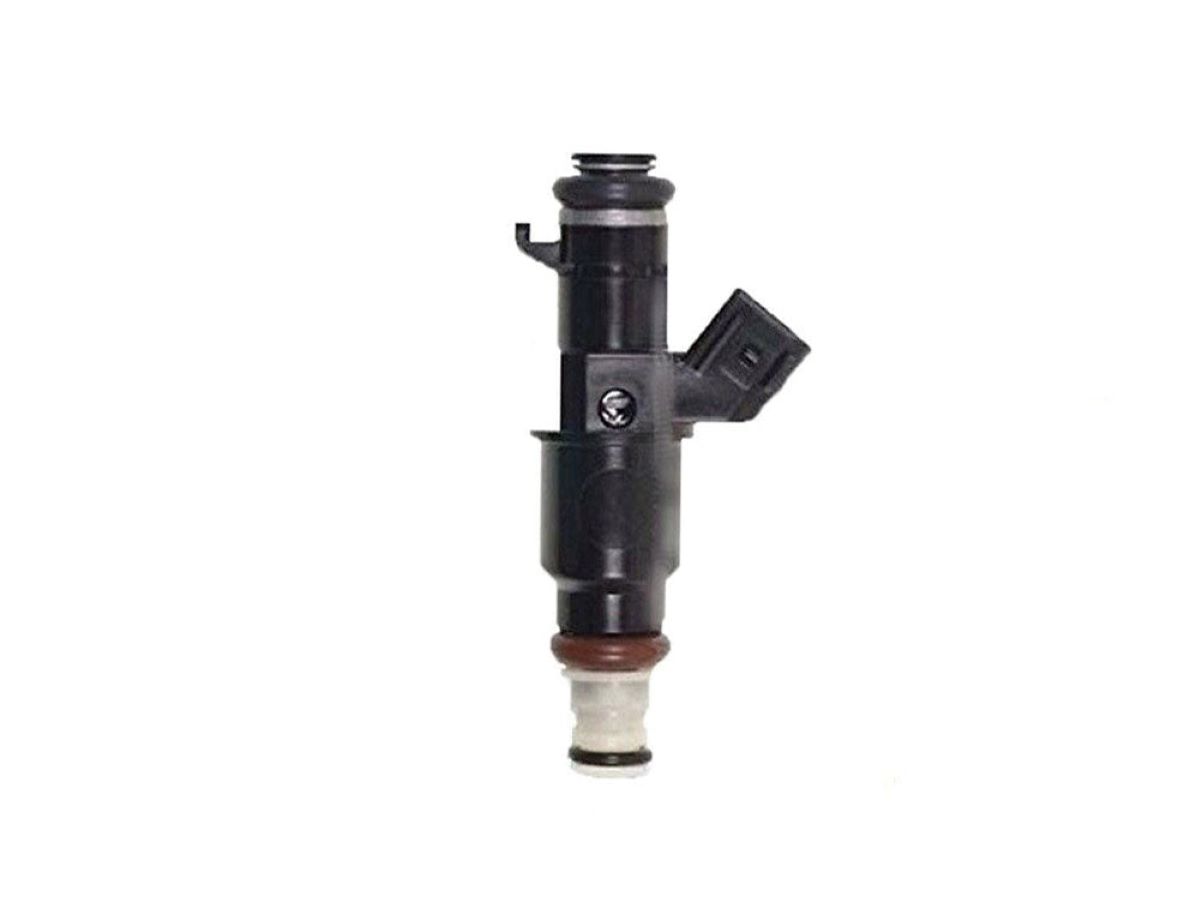
9. Mikuni Fuel Injectors
Mikuni injectors, though more common in motorcycles and small displacement vehicles, are extremely durable due to their solid, heat-resistant design. They’re commonly found in brands like Yamaha and Suzuki and can last for decades of use.
Mikuni fuel injectors are part of the broader lineup of fuel system components produced by Mikuni Corporation, a Japanese company renowned for its long-standing expertise in fuel delivery systems, particularly for motorcycles, powersports vehicles, and small engines.
While Mikuni is best known for its carburetors, it has also developed high-quality electronic fuel injection (EFI) components to meet the demands of modern engines, especially as emissions standards have tightened globally.
Mikuni fuel injectors are designed to deliver precise fuel metering and fine atomization, which are essential for efficient combustion and responsive throttle behavior.
These injectors are often found in motorcycles, ATVs, snowmobiles, and other small displacement engines where size, weight, and fuel economy are critical. They typically feature high-impedance solenoids, compact bodies, and multi-hole spray tips to enhance mixture preparation and cold-start performance.
The injectors are built with durability in mind, using corrosion-resistant materials like stainless steel and high-grade plastics to withstand ethanol-blended fuels and extreme engine conditions.
Mikuni injectors are known for their consistency and are often calibrated specifically for the engines they are paired with, offering OEM-level fitment and performance. Their EFI systems are sometimes integrated into complete throttle body assemblies or used in standalone injector rails in more performance-focused setups.
In summary, Mikuni fuel injectors provide reliable, high-precision fuel delivery for a range of small to mid-sized engines, with a strong reputation in the motorcycle and powersports markets. They’re a solid choice for those needing dependable EFI components in compact, performance-oriented applications.
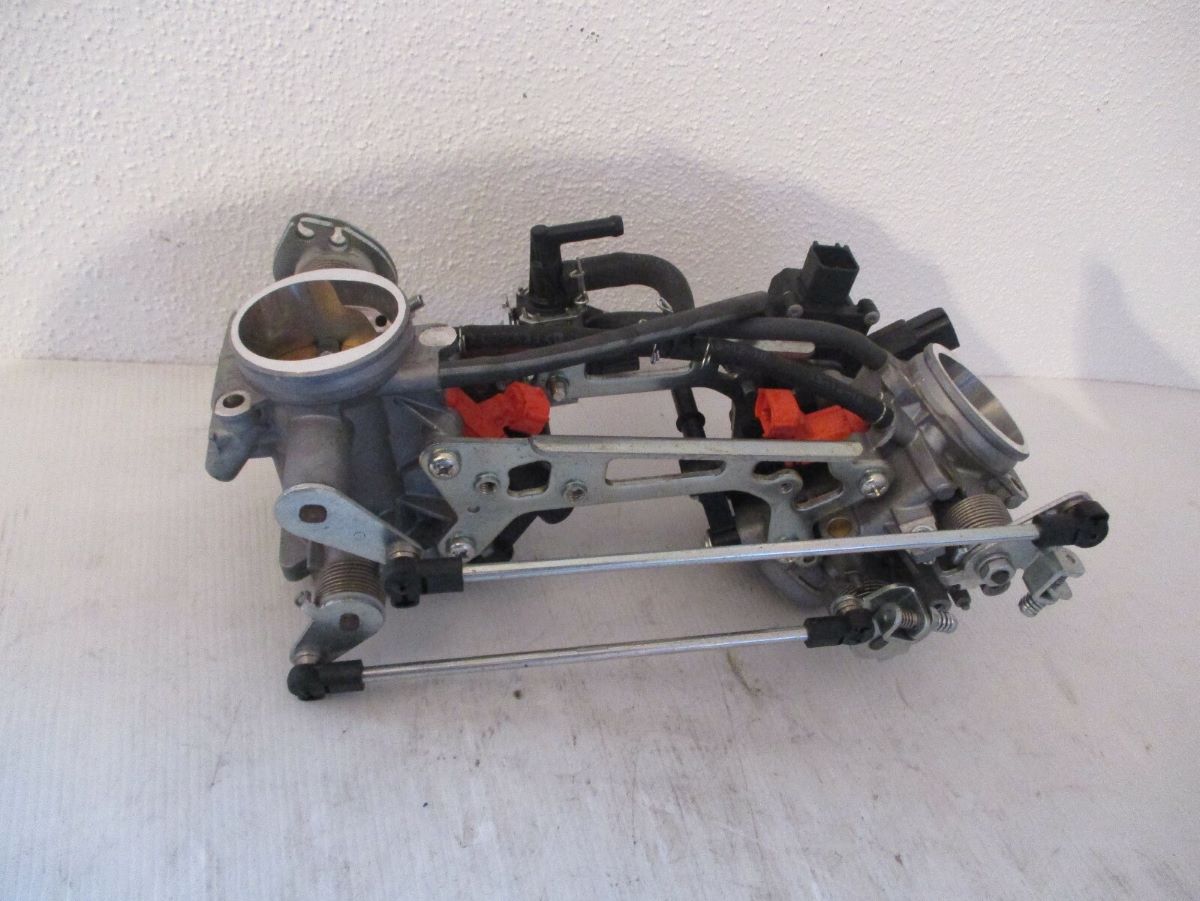
10. Motorcraft Fuel Injectors (Ford OE)
Ford’s Motorcraft injectors, particularly in their V8-powered F-150s, Explorers, and Mustangs, are built to withstand long-term use and fuel impurities, often running for over 250,000 miles with no major issues.
While maintenance is key to any fuel injector’s longevity, these ten examples prove that with the right build quality and fuel system design, some injectors are truly made to last a lifetime.
The Fuel Injector (CN6053) by Motorcraft® is engineered from high-quality materials to provide long-lasting service life. It is developed with state-of-the-art technology and built with the end user in mind, ensuring it meets expectations for performance and value. Designed as a direct replacement, this injector adheres to the strict standards set by the Ford Motor Company.
It is constructed from premium materials to offer both durability and dependable operation. Additionally, it includes original equipment (OE) upgrades and innovations, delivering a true OEM fit for seamless installation. This component is backed by Ford’s product warranty, reinforcing its reliability and manufacturer support.
This injector is compatible with engines that have serial numbers ranging from 6,000,000 to 6,155,636. Please note the following serial number details for clarity: 6.0L engines produced in Huntsville, AL, fall into two categories—those with serial numbers from 1 to 299,092 (model years 2003 to early 2006) and those from 299,093 and up (late 2006 model year).
Similarly, 6.0L engines manufactured in Indianapolis, IN, also have two serial number breaks—those between 6,000,000 and 6,723,721 (2003 to early 2006 model years) and those from 6,723,722 and up (late 2006 model year).
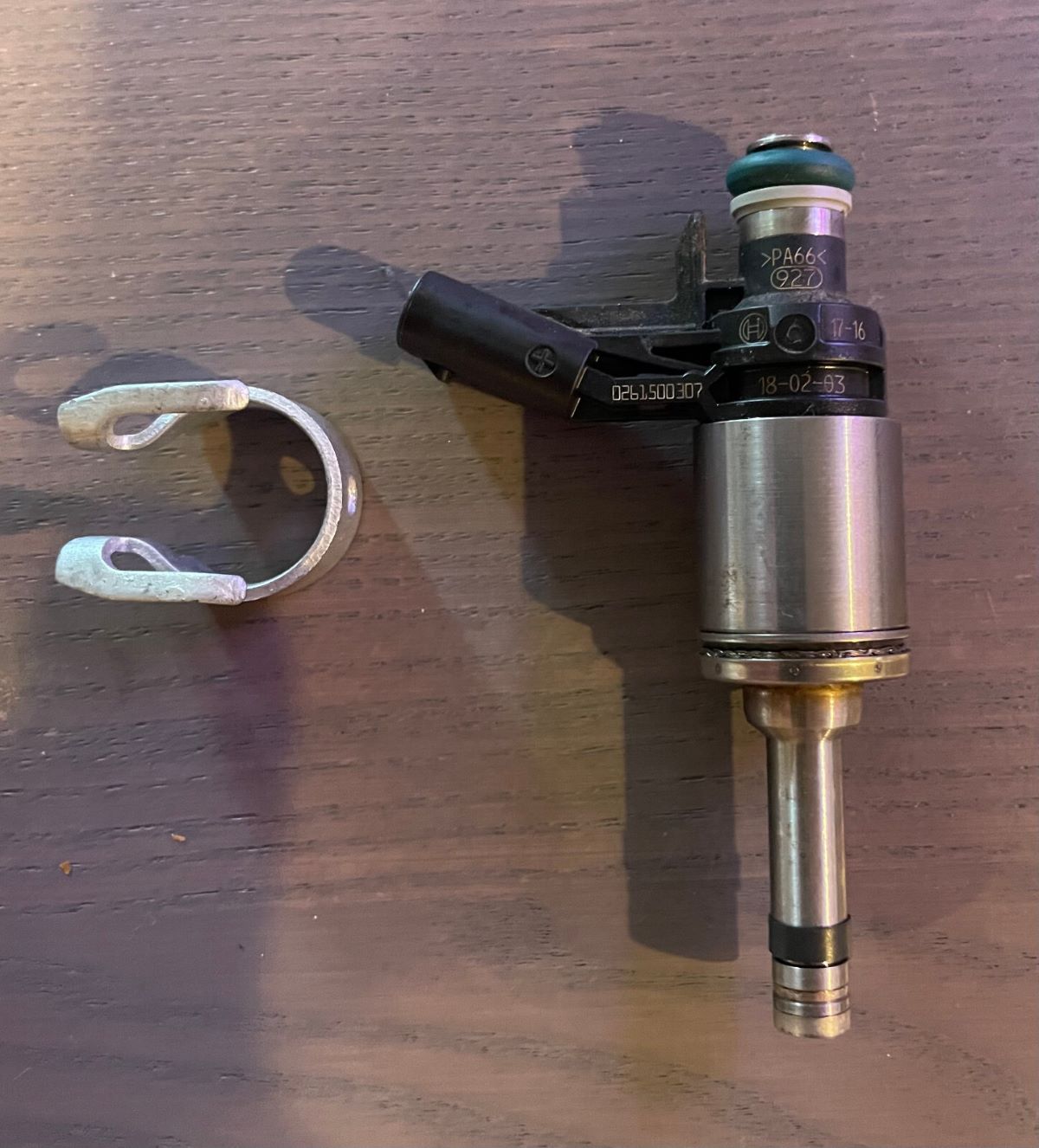
What is A Fuel Injector?
In today’s world, human life is increasingly surrounded by machines, which significantly simplify daily tasks but also contribute to rising fuel demands.
This is particularly evident in the automotive industry, where the growing number of vehicles directly drives up fuel consumption and prices. To address the need for more efficient and reliable driving, engineers have developed systems to optimize fuel usage—one of the most significant innovations being the fuel injector, which has revolutionized the automotive sector.
A fuel injector is an electronically controlled mechanical component designed to inject precise amounts of fuel into an engine’s combustion chamber.
Typically mounted at a specific angle, fuel injectors are engineered to open and close multiple times per second. Their positioning may vary depending on engine design, but they are usually fitted on the engine head with their nozzle tip extending into the combustion chamber. Their primary role is to maintain an optimal air-to-fuel ratio for efficient combustion.
The use of fuel injectors has become a basic necessity in all modern vehicles. In internal combustion engines, the quality of the air-fuel mixture determines efficiency. Fuel injectors provide better control and precision than older carburetor systems, which often result in incomplete combustion and engine issues like knocking or detonation due to improper mixing.
The shift to fuel injection systems in modern vehicles is essential not just for performance but also for reducing fuel waste and improving mileage, as poor fuel mixing leads to unburned carbon particles and fuel inefficiency.
Fuel injection systems have evolved into various forms to suit different engine applications. Common types include multi-point fuel injection, sequential fuel injection, direct injection, and throttle body injection. These systems can be categorized based on fuel metering methods, which refer to how fuel flow is controlled in terms of speed, quantity, and pressure.
There are two main types of fuel injectors based on fuel metering. The first type is the mechanically controlled fuel injector, which uses a spring and plunger mechanism to control fuel parameters, taking inputs from the camshaft and fuel distributor.
The second type is the electronically controlled fuel injector, which manages all operations—fuel quantity, speed, pressure, and timing—via an electronic solenoid. This injector receives commands from an electronic control unit (ECU) or a fuel distributor.
Fuel injectors are also classified based on the type of fuel they are designed to deliver. There are diesel fuel injectors and gasoline fuel injectors. Diesel, being denser than gasoline, requires injectors that can handle higher injection pressures. These injectors spray diesel directly into the combustion chamber where ignition is achieved through compression.
On the other hand, gasoline injectors spray fuel into the intake manifold, where it mixes with air before combustion, initiated by a spark. Gasoline injectors have smaller capillaries and nozzles and require less pressure due to the lighter nature of gasoline.
The construction of a fuel injector is similar in concept to a garden spray nozzle, which disperses water over an area—only here, the medium is fuel, and the target is the engine’s combustion chamber. Construction differs slightly between mechanically and electronically controlled fuel injectors.

